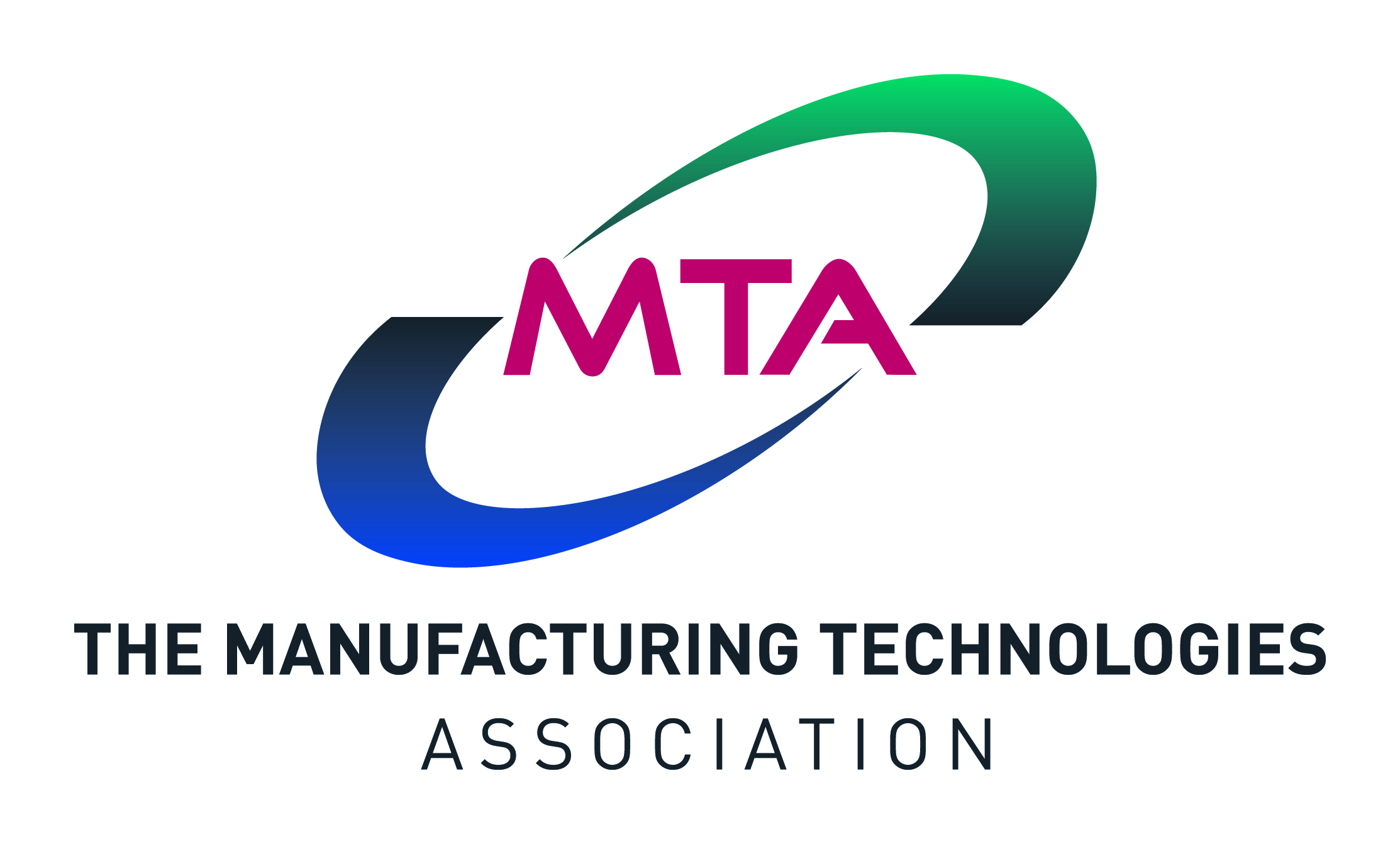CBI Industrial Trends Survey, April 2023: Although the CBI is having a few reputational problems, the results of their surveys continue to provide valuable information about the economy and, from the Industrial Trends Survey (ITS), for the manufacturing sector. Various indicators from this survey featured during our Economic Update presentation last week, so we will pick-up on these as we go through the results as a pointer to how the situation is evolving.
The headlines of the latest survey show that output volumes fell in the three months to April* with the balance broadly the same as in February report. The ITS has a breakdown into 17 sub-sectors/industries and output fell in 13 of these groups, led by the transport equipment and mechanical engineering industries – these are both key industries for suppliers of manufacturing technology, so this is definitely a negative on our forecasts, especially for tooling demand; however, electronic engineering and metal products (the latter also one of our key industries) were among those seeing an increase in output which serves as a partial counter-balance for the outlook.
Looking forward over the next three months, respondents to the survey expect output to grow but similar optimism in recent surveys has proved to be optimistic.
There is better news with the orders data where total new orders were stable for a second successive quarter, although export orders fell sharply. Again, an improvement is expected in the coming quarter, with the balance for domestic orders over the coming 3 months at its highest since October 2021.
As this is one of the quarter-end surveys, it includes the questions on investment intentions that are such a useful pointer to the direction of sentiment; just as the output indicators are key for the tooling/consumables part of our business, the investment outlook is key for machinery demand. Here the picture is encouraging with a modest improvement in what was already a healthily positive balance for spending on plant & machinery over the coming 12 months. This was a factor were watching to see the impact of the opposing forces of higher interest rates and the introduction of full capital expensing for investment.
Among the blockers for investment, reports of uncertainty about demand fell to their lowest level since the report in January 1989 and while reports of labour shortages were also down (perhaps pointing to an easing of skills shortages, especially as there was also a fall in reports of this restricting output looking ahead) and there was also almost no change in the small number of responses that said cost of finance was an issue – this is above its long-run average, but certainly not a significant problem. There was a shift in the reasons for authorizing capital expenditure, with “replacement” increasing to its highest level since April 2021.
Finally, this survey also gives us the latest reading for capacity utilisation. This was unchanged from both the January 2023 and October 2022 reports and is bang on the long run average – we call this reading as neutral in assessing the implications for our forecasts.
* Note that April is the month of publication; with data collection taking place from 24 March to 12 April, it is likely that these results really refer to March, with the three-month block corresponding to the calendar quarters.
The CBI has not published a press release on these survey results but we can let you have a copy of the summary of the results and some charts around the investment intentions data updating those from our Economic Update presentation.
————————————————————
UK Productivity, 4th Quarter 2022: The Office for National Statistics has updated the productivity data by industry. Overall, there was no change in output per hour worked – the preferred measure for productivity – compared to the 4th quarter of 2021 (a year earlier). The significance of this is that we now have a 4-quarter comparison that does not include the furlough scheme as this was not in operation in the final period of 2021.
This neutral result comes because both gross value added (GVA) and hours worked grew by similar amounts with the difference accounted for by the rounding effect to one decimal place.
At the headline level, the hotels & catering industries had the largest improvement in productivity during 2022 (the gap between Q4-21 and Q4-22) at +10.9% – this was almost entirely due to an increase in GVA (output) with hours worked virtually unchanged. The construction sector also had a significant improvement in productivity (+10.5%) but this the combination of a more modest improvement in GVA coupled with a fall in hours worked.
For manufacturing, productivity fell by -5.0% as GVA fell faster than hours worked in this sector. The ONS provides a relatively high-level breakdown of productivity by industry within manufacturing; for some reason, there is no data for the machinery industry but output per hour in the transport equipment industry fell by -5.5% over this period – this was the product of a fall in GVA and a rise in hours worked. In this analysis, the metal products industry is combined with basic metals – this group saw a -12.5% fall in output per hour, with a large fall in GVA (-4.6%) accompanied by a substantial rise in hours worked (+9.0%).
You can get more details from the ONS Statistical Bulletin and datasets which can be downloaded from their website at https://www.ons.gov.uk/releasecalendar (26 April) or on request from MTA.

